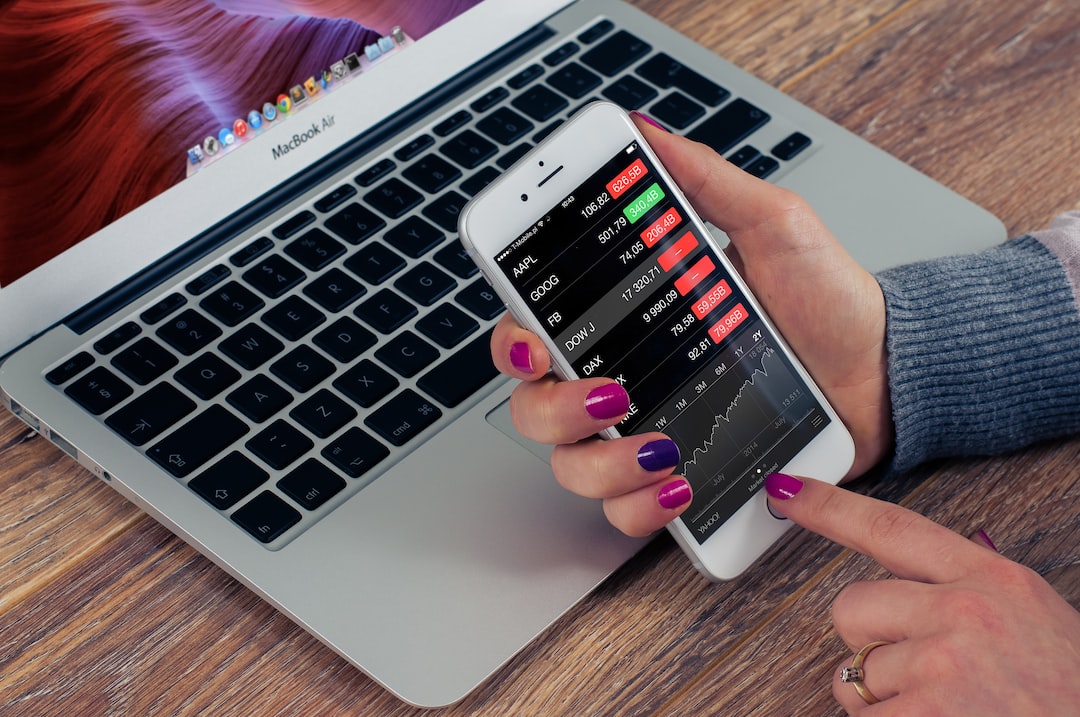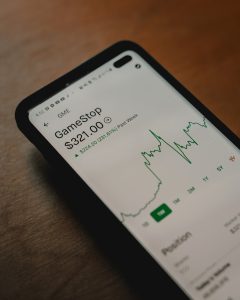Leverage is a powerful tool that can significantly increase the potential profits of a forex trader. However, it can also amplify the risks and lead to significant losses if not used properly. In this article, we will explain how to raise leverage on a forex account and what factors to consider when doing so.
What is Leverage?
Leverage is a financial mechanism that allows traders to control a larger position than they could with their own capital. In forex trading, leverage is usually expressed as a ratio, such as 1:50 or 1:100. This means that for every dollar of the trader’s capital, the broker will lend them 50 or 100 dollars to trade with.
For example, if a trader has $1,000 in their account and uses 1:50 leverage, they can control a position worth $50,000. If the position moves in their favor by 1%, they will make a profit of $500, which is five times their initial investment.
Raising Leverage on a Forex Account
To raise leverage on a forex account, the trader needs to contact their broker and request a higher level of margin. The broker may ask for additional documentation or proof of financial stability before granting the request.
It is important to note that not all brokers offer the same leverage levels, and some may have restrictions based on the trader’s country of residence or regulatory requirements. Therefore, the trader should research different brokers and compare their leverage offerings before choosing one.
Factors to Consider When Raising Leverage
While leverage can increase potential profits, it also magnifies the risks of trading. Therefore, traders should consider several factors before raising leverage on their forex account:
1. Risk Tolerance: Traders should assess their risk tolerance and determine how much they are willing to lose before entering a trade. Higher leverage means higher risk, so traders should only use leverage they are comfortable with.
2. Trading Strategy: Different trading strategies have different risk profiles and require different levels of leverage. For example, a long-term trend-following strategy may require lower leverage than a short-term scalping strategy.
3. Market Volatility: Volatile markets can lead to sudden, large price movements that can quickly wipe out a trader’s account. Traders should be aware of the current market conditions and adjust their leverage accordingly.
4. Margin Requirements: Brokers may have different margin requirements for different instruments or currencies. Traders should be aware of the margin requirements and make sure they have enough margin to cover their trades.
5. Stop Losses: Traders should always use stop losses to limit their losses in case the market moves against them. Higher leverage means the stop loss should be placed closer to the entry price to avoid large losses.
Conclusion
Raising leverage on a forex account can increase potential profits, but it also amplifies the risks of trading. Traders should assess their risk tolerance, trading strategy, market volatility, margin requirements, and use stop losses to determine how much leverage to use. By following these guidelines, traders can use leverage effectively and increase their chances of success in the forex market.





